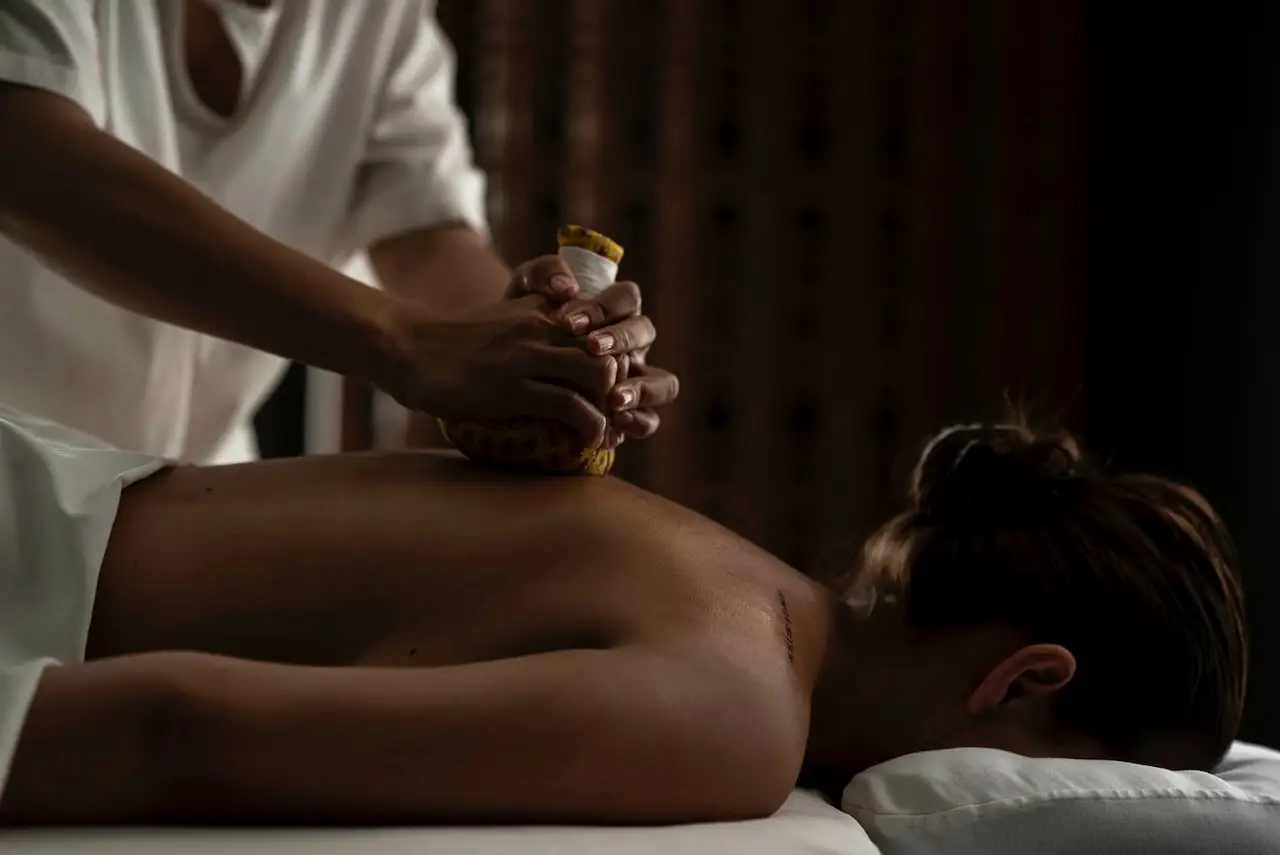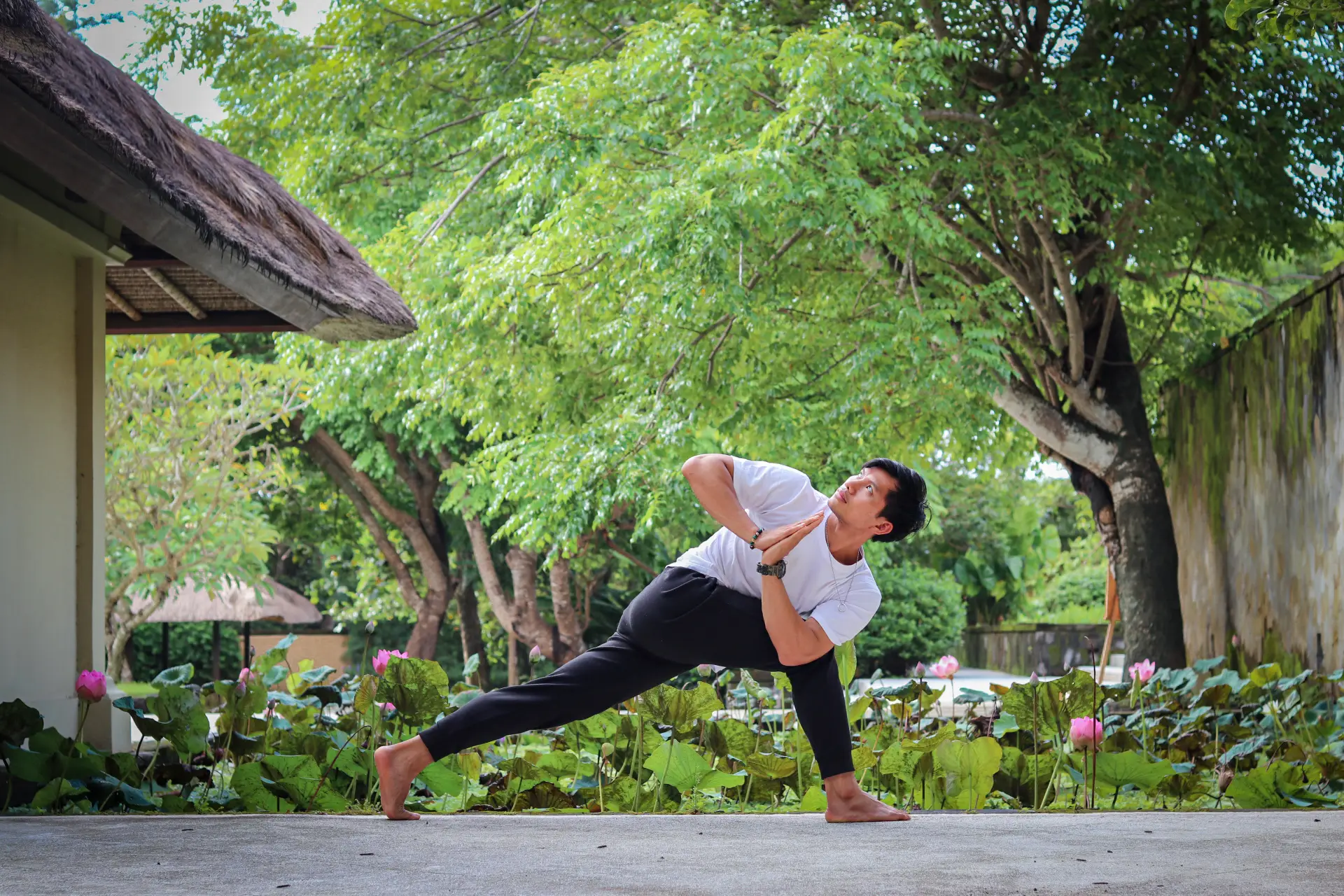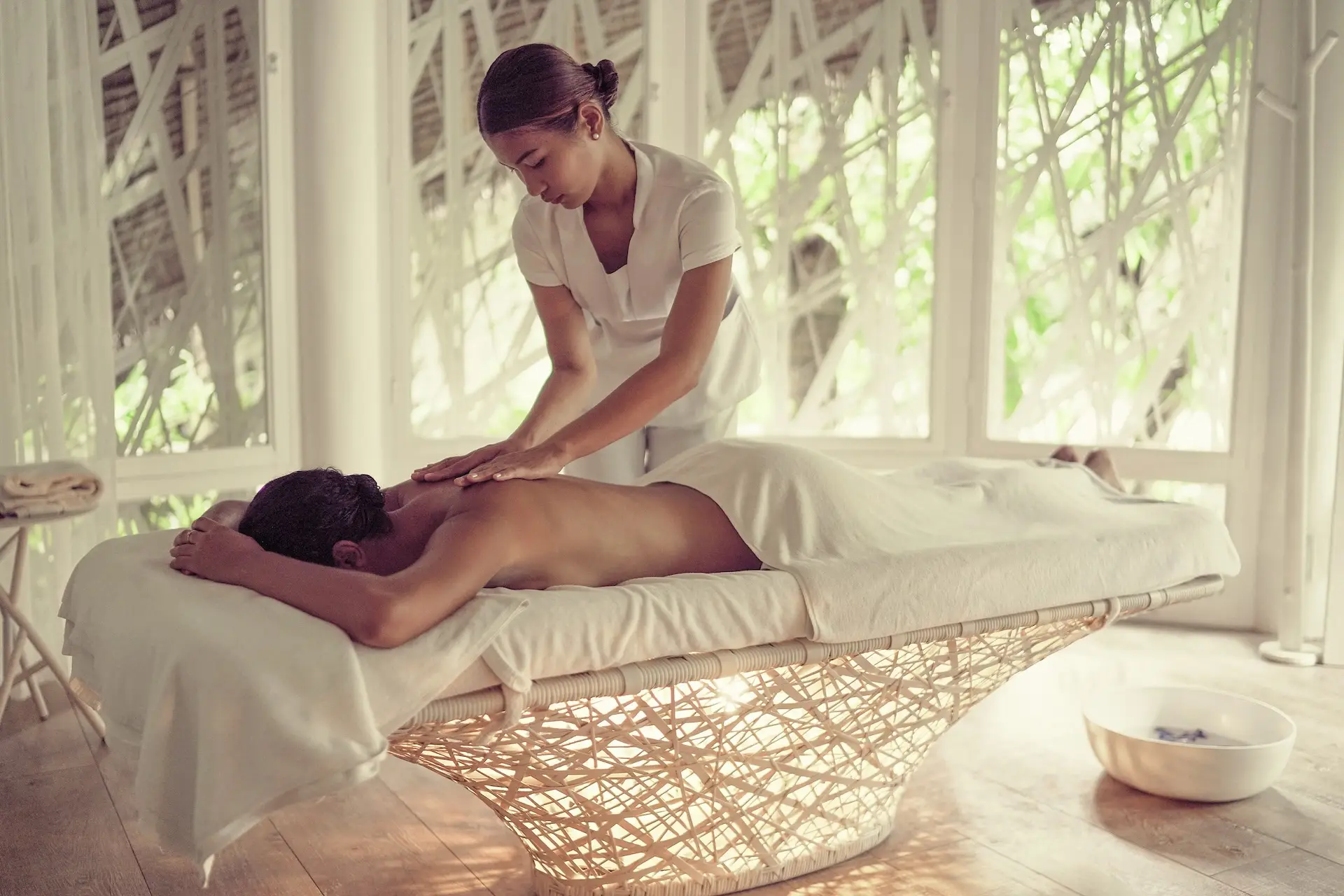There’s something universally grounding about massage. Across cultures and centuries, human touch has been harnessed for healing and relief. But beyond the soothing strokes and gentle kneading lies a fascinating interplay between tradition and science, with research beginning to catch up to what many have intuitively known for millennia: massage can profoundly benefit our body and mind.

The History of Massage: A Healing Tradition
Massage therapy’s story stretches back thousands of years. The ancient Egyptians depicted it in tomb paintings as early as 2500 BCE, while Traditional Chinese Medicine integrated various massage techniques to unblock energy pathways, or “meridians.” In India, the practice is central to Ayurvedic healing, emphasising the balance of body, mind, and spirit. Even the Greeks and Romans—Hippocrates himself—believed in the power of anointed massages for physical ailments.
Why has this therapy endured? At its core, massage embodies a universal language of care. It’s touch-based, and touch is an elemental part of human connection.
The Modern Science: What Massage Does to Our Bodies
We live in a world that increasingly appreciates evidence-based benefits, and research on massage is blossoming. Here’s a breakdown of what science says:
- Reduces Stress and Anxiety: Massage therapy has been shown to decrease levels of cortisol—the stress hormone—while boosting endorphins and serotonin. A study in the Journal of Alternative and Complementary Medicine found that even a 15-minute chair massage in the workplace significantly reduced anxiety levels. Imagine what a full session can do.
- Enhances Circulation and Lymphatic Flow: Through rhythmic pressure, massage stimulates blood flow, delivering oxygen and nutrients to tissues more efficiently. Improved lymphatic drainage, meanwhile, assists the body in removing toxins. The result? A feeling of physical refreshment and reduced inflammation.
- Relieves Pain and Muscle Tension: Chronic pain sufferers—whether from conditions like fibromyalgia or post-surgery recovery—can find lasting relief in regular massage therapy. Studies highlight that therapeutic massages may activate the parasympathetic nervous system, reducing pain perception. For athletes, targeted sports massage helps repair muscle fibres and speeds up recovery.
- Boosts Immune Function: A less obvious benefit is massage’s impact on immunity. In a 2010 study published in The Journal of Alternative and Complementary Medicine, participants receiving a 45-minute Swedish massage showed a significant increase in lymphocytes, the white blood cells that protect the body from disease.

The Power of Touch: A Fundamental Human Need
Beyond these physiological benefits, the sheer power of human touch shouldn’t be underestimated. Touch is our first language. From the moment we are born, touch bonds us to our caregivers and communicates safety and love. In our highly digitised, often isolating world, nurturing touch through massage holds even more importance.
Psychologist Tiffany Field, founder of the Touch Research Institute, emphasises that tactile stimulation reduces our sense of isolation and increases overall well-being. It’s even been linked to the release of oxytocin, the “love hormone,” which fosters feelings of comfort and bonding.
How Massage Supports Holistic Wellness
At View Retreats, where our wellness philosophy focuses on balance, we view massage as more than a luxury—it’s a gateway to reconnecting with oneself and others. The benefits resonate beyond the body, influencing our emotional and spiritual states. As the Global Wellness Institute reminds us, true wellness encompasses physical, mental, and environmental health.
A Note of Balance and Accessibility: While expensive clinics and spa getaways offer luxurious treatments, meaningful benefits can be found even in simple, at-home massages or quick sessions at local centres. The act of touch, in whatever form, remains powerful.

A Modern Takeaway from an Ancient Art
From the comforting oils used in Ayurvedic abhyanga to the structural manipulations of Swedish and Thai massage, the practice’s richness lies in its diversity and adaptability. As we discover more about our intricate systems, it’s clear that what seems like a pampering treat is a profoundly healing tradition—now backed by research.
Whether you indulge in a massage for chronic pain, a sports recovery boost, or simply the pleasure of human touch, it’s an act of self-care that nourishes the deepest parts of our being. In a fast-paced world, this ancient therapy serves as a gentle reminder to pause, feel, and reconnect.

















